Home>Gardening & Outdoor>Landscaping Ideas>How To Treat Fungus On St. Augustine Grass
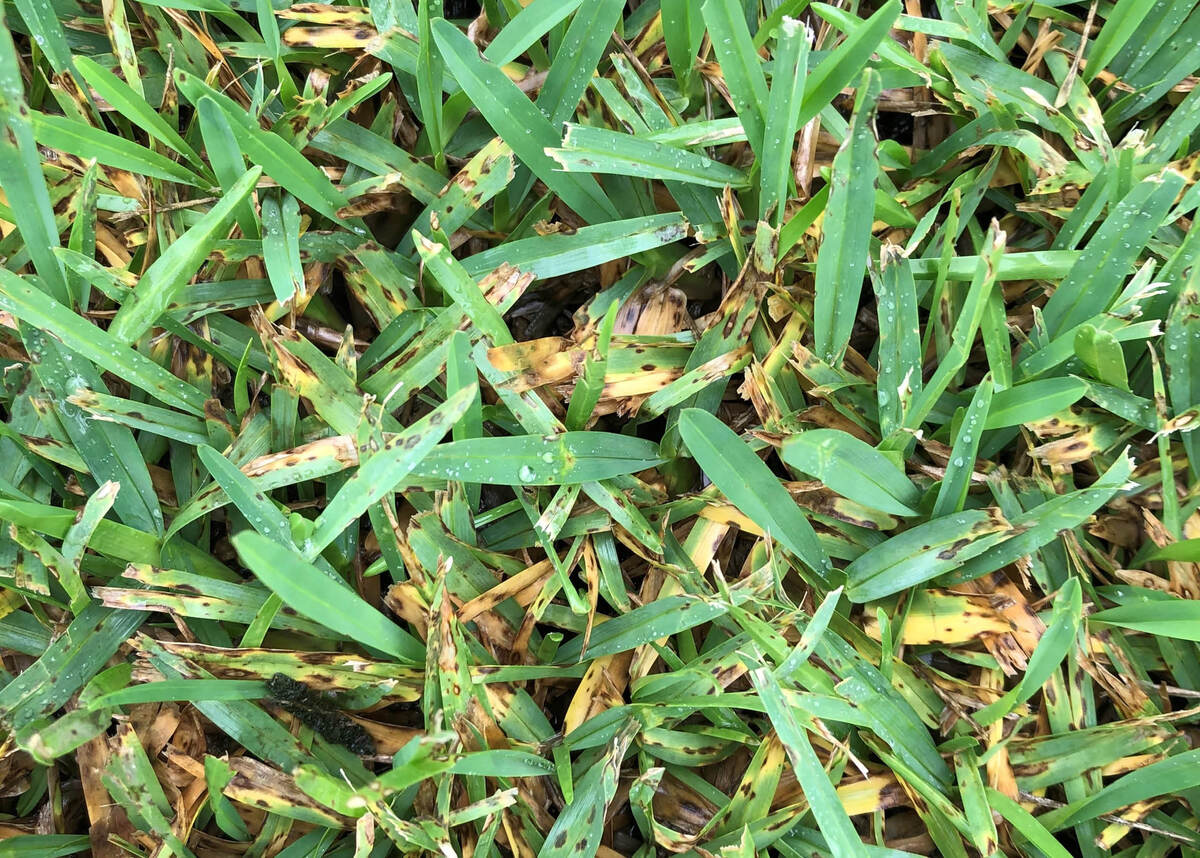

Landscaping Ideas
How To Treat Fungus On St. Augustine Grass
Modified: February 18, 2024
Learn effective landscaping ideas for treating fungus on St. Augustine grass. Discover expert tips and solutions for a healthy, vibrant lawn.
(Many of the links in this article redirect to a specific reviewed product. Your purchase of these products through affiliate links helps to generate commission for Storables.com, at no extra cost. Learn more)
Introduction
Maintaining a lush, vibrant lawn is a source of pride for many homeowners. However, the presence of fungus on St. Augustine grass can quickly turn this source of pride into a cause of concern. Fungal infections can manifest in various forms, such as brown patches, gray leaf spot, and take-all root rot, compromising the health and aesthetics of your lawn. Understanding how to identify, prevent, and treat fungus on St. Augustine grass is essential for preserving its beauty and vitality.
In this comprehensive guide, we will delve into the various aspects of addressing fungus on St. Augustine grass. From recognizing the signs of fungal infections to implementing cultural practices, chemical treatments, and natural remedies, we will explore effective strategies to combat this common issue. By equipping yourself with the knowledge and tools to tackle fungus, you can safeguard the health and resilience of your St. Augustine grass, ensuring that it remains a stunning focal point of your outdoor space. So, let's embark on this journey to discover the best methods for treating and preventing fungus on St. Augustine grass.
Key Takeaways:
- Identify and prevent fungus on St. Augustine grass by recognizing signs like brown patches and implementing cultural practices such as proper watering and mowing.
- Combat fungus on St. Augustine grass with natural remedies like neem oil and baking soda, alongside chemical treatments, to maintain a vibrant and healthy lawn.
Identifying the Fungus
Before implementing any treatment or preventive measures, it is crucial to accurately identify the type of fungus affecting your St. Augustine grass. Different fungal infections exhibit distinct symptoms, and understanding these signs is key to devising an effective strategy for combatting the issue.
Common Fungal Infections:
- Brown Patch: This fungal disease typically appears as circular, discolored patches on the grass, ranging from a few inches to several feet in diameter. The affected areas may initially display a purplish hue before turning tan or brown as the infection progresses.
- Gray Leaf Spot: Characterized by small, dark spots with yellow halos on the grass blades, gray leaf spot can rapidly spread and cause extensive damage, particularly in humid conditions.
- Take-All Root Rot: This aggressive fungus affects the roots of St. Augustine grass, leading to wilting, yellowing, and overall decline in the health of the turf. Symptoms include stunted growth and the presence of black, rotted roots.
Identification Techniques:
When inspecting your lawn for signs of fungal infections, consider the following:
- Visual Examination: Carefully observe the grass for any abnormal discoloration, spotting, or wilting. Take note of the size and shape of the affected areas.
- Texture and Odor: Examine the affected grass for any unusual texture, such as slimy or powdery patches. Additionally, some fungal infections emit distinct odors, which can aid in identification.
- Environmental Conditions: Consider the prevailing weather and environmental factors, as certain fungi thrive in specific conditions, such as high humidity or excessive moisture.
By honing your ability to recognize the symptoms and characteristics of common fungal infections, you can promptly address the issue with targeted treatments and preventive measures. Identifying the specific type of fungus impacting your St. Augustine grass is the first step towards restoring its vitality and beauty.
Cultural Practices to Prevent Fungus
Implementing proactive cultural practices is integral to maintaining the health and resilience of St. Augustine grass, effectively reducing the risk of fungal infections. By fostering optimal growing conditions and minimizing stress on the turf, you can create an environment that is less conducive to fungal proliferation.
Adequate Watering:
Proper watering is essential for preventing fungal infections in St. Augustine grass. Water deeply and infrequently, aiming for approximately 1 inch of water per week, including rainfall. Watering in the early morning allows the grass to dry out during the day, reducing the likelihood of prolonged moisture, which can promote fungal growth.
Mowing Practices:
Maintain the recommended mowing height for St. Augustine grass, which is typically between 3.5 to 4 inches. Avoid cutting more than one-third of the grass blade length in a single mowing session to minimize stress on the turf. Additionally, ensure that mowing equipment is sharp to achieve clean cuts and prevent grass damage, which can create entry points for fungal pathogens.
Adequate Air Circulation:
Promote air circulation within the lawn by trimming back overhanging branches and foliage, allowing for improved airflow and reduced humidity. This can inhibit the development and spread of fungal infections, particularly those favored by damp, stagnant conditions.
Soil Health and Nutrition:
Maintain optimal soil health by conducting regular soil tests and addressing any deficiencies through targeted fertilization. Balanced nutrition supports the vigor of St. Augustine grass, enhancing its ability to resist fungal attacks and recover from stressors.
Thatch Management:
Prevent thatch buildup by aerating the lawn as needed to facilitate the decomposition of organic matter. Excessive thatch can create a favorable environment for fungal pathogens and impede the penetration of water and nutrients to the grassroots.
Resilient Cultivars:
When establishing or overseeding St. Augustine grass, opt for cultivars known for their disease resistance and adaptability to local growing conditions. Choosing resilient varieties sets the foundation for a healthier lawn less susceptible to fungal infections.
By integrating these cultural practices into your lawn care routine, you can fortify the natural defenses of St. Augustine grass and minimize the conditions that foster fungal proliferation. Proactive measures play a pivotal role in preventing fungal infections and sustaining the vitality of your lawn.
To treat fungus on St. Augustine grass, apply a fungicide specifically labeled for use on this type of grass. Follow the instructions carefully and avoid overwatering to prevent future outbreaks.
Chemical Treatments for Fungus
When cultural practices alone are insufficient in controlling fungal infections on St. Augustine grass, chemical treatments can serve as effective interventions to combat the issue. It is important to approach chemical treatments judiciously, adhering to recommended application guidelines and safety precautions to safeguard the health of the grass and surrounding environment.
Fungicidal Products:
Several fungicidal products formulated specifically for St. Augustine grass are available to combat a spectrum of fungal infections. These products often contain active ingredients such as azoxystrobin, propiconazole, or flutolanil, which target and inhibit the growth of fungal pathogens. It is essential to select a fungicide tailored to the specific type of fungal infection affecting your lawn for optimal efficacy.
Application Guidelines:
Follow the manufacturer’s instructions meticulously when applying fungicidal treatments. Ensure even coverage of the affected areas, and refrain from mowing the grass for a few days before and after treatment to allow the product to be absorbed effectively. Timing applications to coincide with periods of active fungal growth maximizes the impact of the treatment.
Preventive Treatments:
Implementing preventive fungicidal treatments can proactively safeguard St. Augustine grass from potential fungal threats, particularly during periods of heightened susceptibility, such as prolonged humidity or excessive rainfall. These treatments create a protective barrier, inhibiting the establishment and spread of fungal infections.
Professional Consultation:
For severe or persistent fungal infections, seeking the expertise of a professional lawn care service or agricultural extension specialist is advisable. These professionals can assess the extent of the issue and recommend targeted fungicidal treatments tailored to the specific fungal strain present in your lawn.
Environmental Considerations:
Exercise caution when applying chemical treatments to St. Augustine grass, taking into account environmental factors such as temperature, wind conditions, and the proximity of water bodies. Minimize the impact on non-target organisms and ecosystems by adhering to recommended application practices and environmental regulations.
Integrated Approach:
Integrating chemical treatments with cultural practices and natural remedies can yield comprehensive protection against fungal infections, promoting the long-term health and resilience of St. Augustine grass. By combining these approaches, you can effectively manage fungal issues while minimizing the reliance on chemical interventions.
When utilized prudently and in conjunction with other strategies, chemical treatments can play a valuable role in controlling and mitigating fungal infections on St. Augustine grass, contributing to the restoration of its lush, vibrant appearance.
Natural Remedies for Fungus
Exploring natural remedies offers an eco-friendly and sustainable approach to managing fungal infections on St. Augustine grass, harnessing the power of organic solutions to restore the health and vitality of your lawn. These remedies can effectively complement cultural practices and chemical treatments, providing a holistic and environmentally conscious approach to combatting fungal issues.
Neem Oil:
Derived from the neem tree, neem oil serves as a potent natural fungicide and insect repellent. It targets a broad spectrum of fungal pathogens while exhibiting low toxicity to beneficial organisms and the environment. Dilute neem oil according to the manufacturer’s recommendations and apply it to the affected areas of the grass.
Baking Soda Solution:
A simple yet effective remedy, a baking soda solution can help suppress fungal growth on St. Augustine grass. Mix 1 to 2 tablespoons of baking soda in a gallon of water and apply the solution to the affected areas. This treatment alters the pH on the leaf surface, creating an inhospitable environment for fungal pathogens.
Cornmeal:
Utilizing cornmeal as a natural fungicide can aid in controlling fungal infections on St. Augustine grass. Apply a thin layer of cornmeal to the affected areas, as it contains beneficial microorganisms that antagonize harmful fungi, contributing to the restoration of a balanced and resilient lawn ecosystem.
Probiotic Soil Amendments:
Introducing probiotic soil amendments containing beneficial microbes can enhance the natural defense mechanisms of the soil and grass, fostering a microbiologically diverse and resilient environment. These amendments promote a healthy balance of microorganisms, reducing the susceptibility of St. Augustine grass to fungal infections.
Cultural Adjustments:
Implementing cultural adjustments such as optimizing watering practices, promoting air circulation, and maintaining soil health can function as natural remedies by creating an environment that is less favorable for fungal proliferation. These adjustments bolster the innate resilience of St. Augustine grass, reducing its susceptibility to fungal infections.
Vinegar Solution:
A diluted vinegar solution can serve as a natural fungicidal treatment for St. Augustine grass. Mix one part vinegar with three parts water and apply it to the affected areas. Vinegar’s acidic properties can help inhibit the growth of certain fungal pathogens while being environmentally friendly when used responsibly.
By incorporating these natural remedies into your lawn care regimen, you can harness the benefits of organic solutions to effectively manage fungal infections on St. Augustine grass. Embracing natural remedies not only promotes the health and resilience of your lawn but also aligns with sustainable and environmentally conscious practices.
Conclusion
Addressing fungus on St. Augustine grass demands a multifaceted approach that encompasses identification, prevention, and targeted interventions. By familiarizing yourself with the signs of common fungal infections and implementing proactive measures, you can fortify the health and resilience of your lawn, ensuring that it remains a vibrant and inviting feature of your outdoor space.
Understanding the significance of cultural practices in preventing fungal infections underscores the pivotal role of optimal lawn care routines. From strategic watering and mowing practices to promoting air circulation and soil health, these cultural adjustments create an environment that is less conducive to fungal proliferation, fostering the long-term well-being of St. Augustine grass.
When cultural practices alone are insufficient, chemical treatments and natural remedies offer valuable interventions to combat fungal infections. Selecting appropriate fungicidal products and embracing eco-friendly natural remedies empower you to effectively manage fungal issues while minimizing the impact on the environment and beneficial organisms.
It is crucial to approach the treatment of fungal infections on St. Augustine grass with a comprehensive mindset, integrating various strategies to achieve holistic protection and restoration. By combining cultural practices, chemical treatments, and natural remedies, you can navigate the complexities of fungal control while upholding the health and aesthetics of your lawn.
Ultimately, the journey to treat and prevent fungus on St. Augustine grass is a testament to the dedication and care invested in nurturing a thriving outdoor landscape. Embracing a proactive and informed approach equips you with the knowledge and tools to safeguard the beauty and vitality of your lawn, creating an inviting and resilient outdoor haven for relaxation and enjoyment.
With these insights and strategies at your disposal, you are empowered to embark on a journey of effective fungal control, preserving the lush expanse of St. Augustine grass and cultivating a captivating outdoor environment for years to come.
Frequently Asked Questions about How To Treat Fungus On St. Augustine Grass
Was this page helpful?
At Storables.com, we guarantee accurate and reliable information. Our content, validated by Expert Board Contributors, is crafted following stringent Editorial Policies. We're committed to providing you with well-researched, expert-backed insights for all your informational needs.
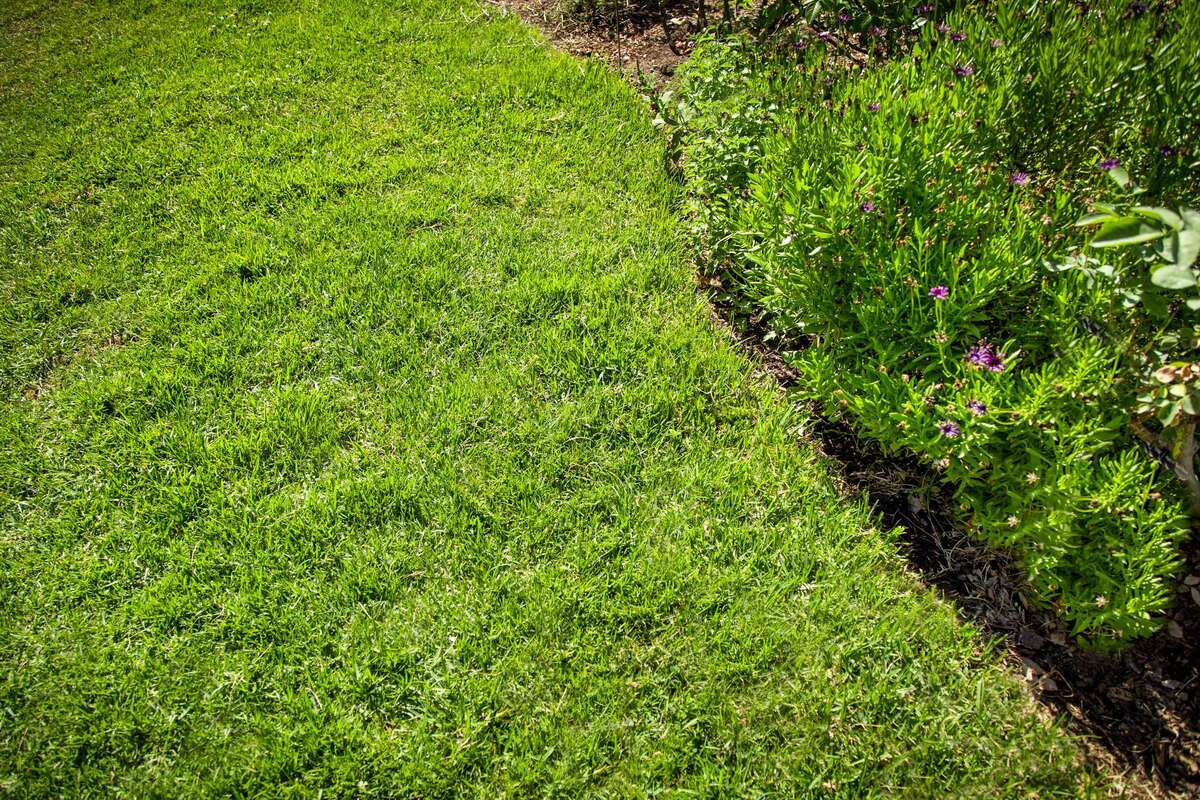
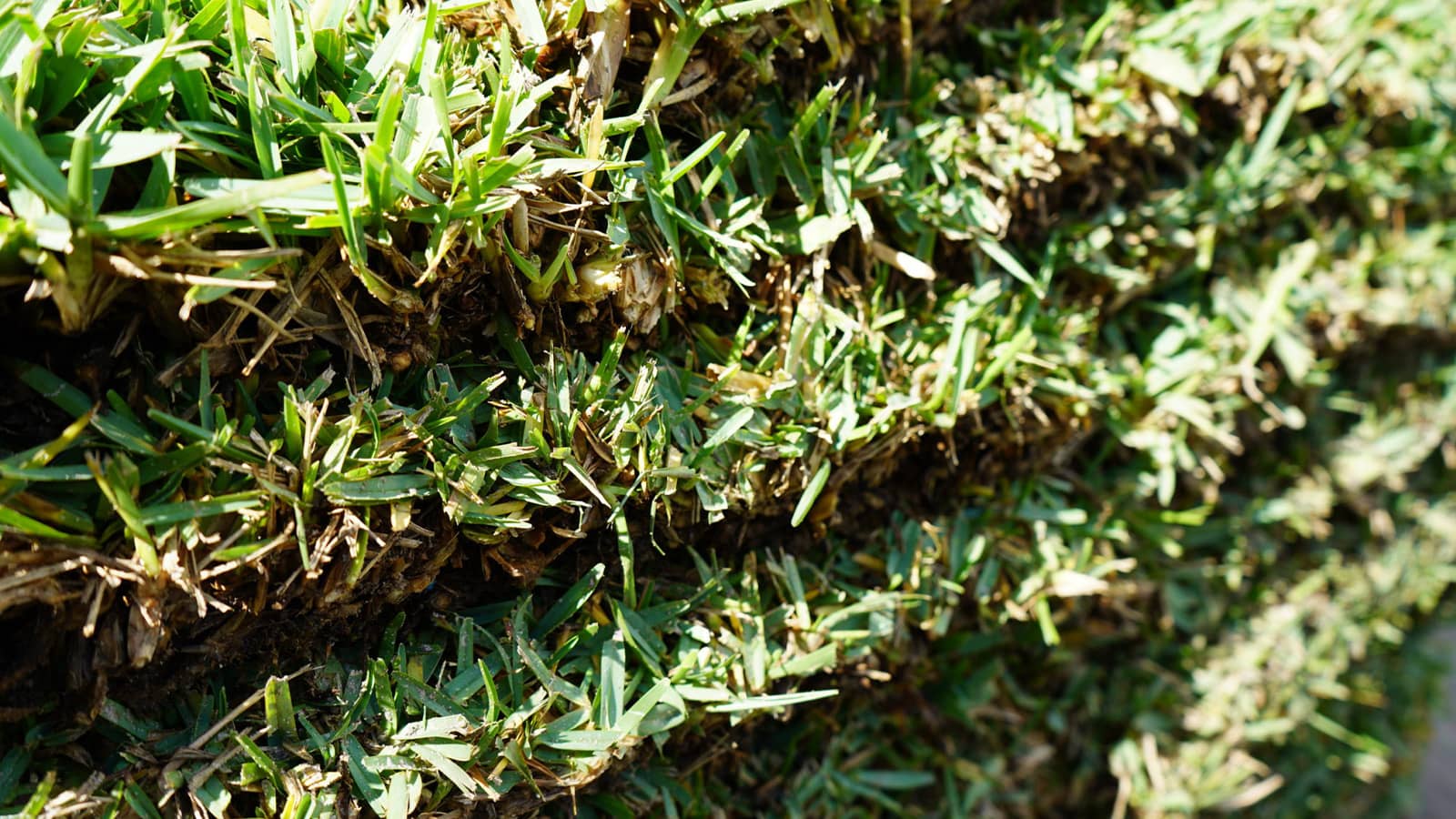
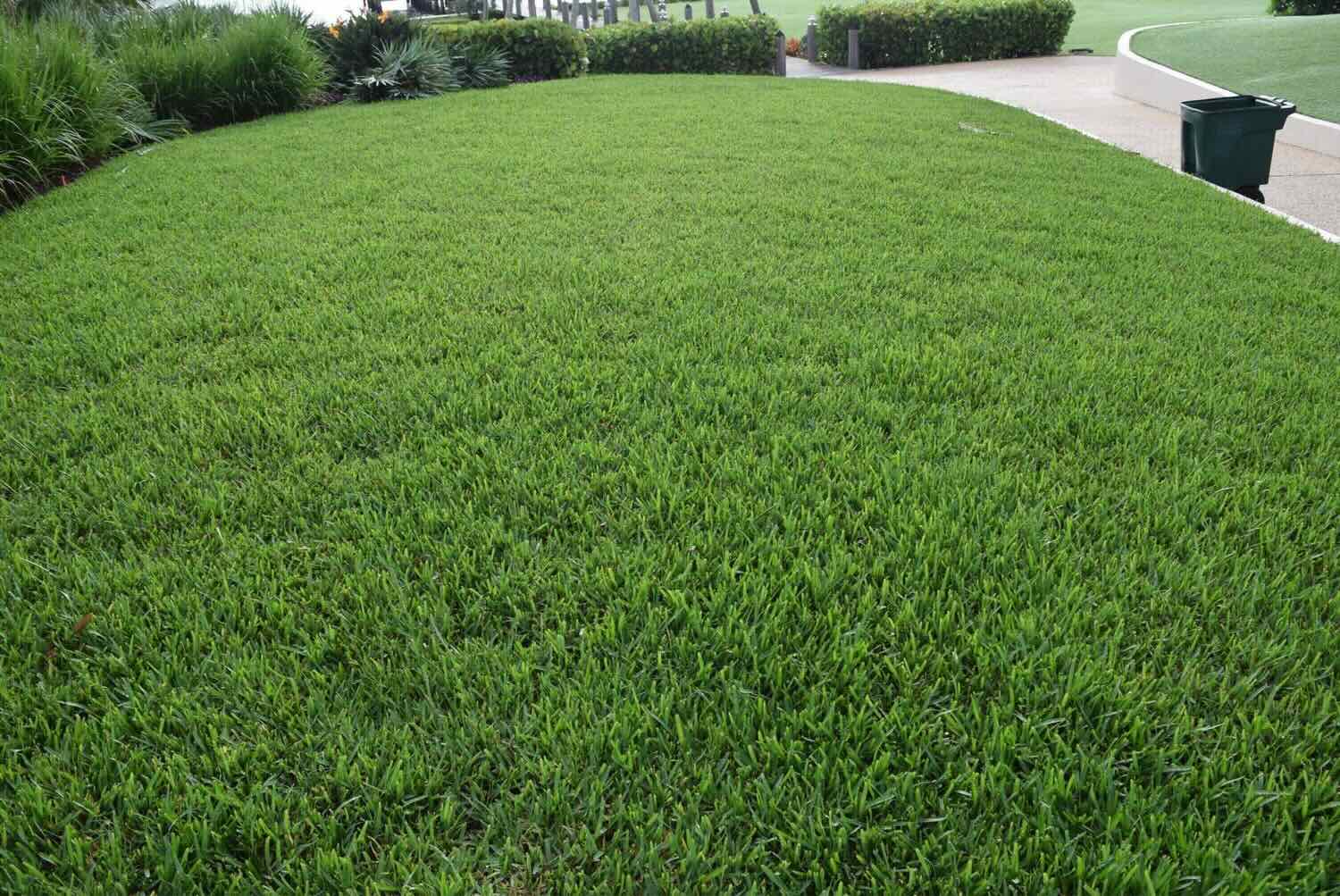
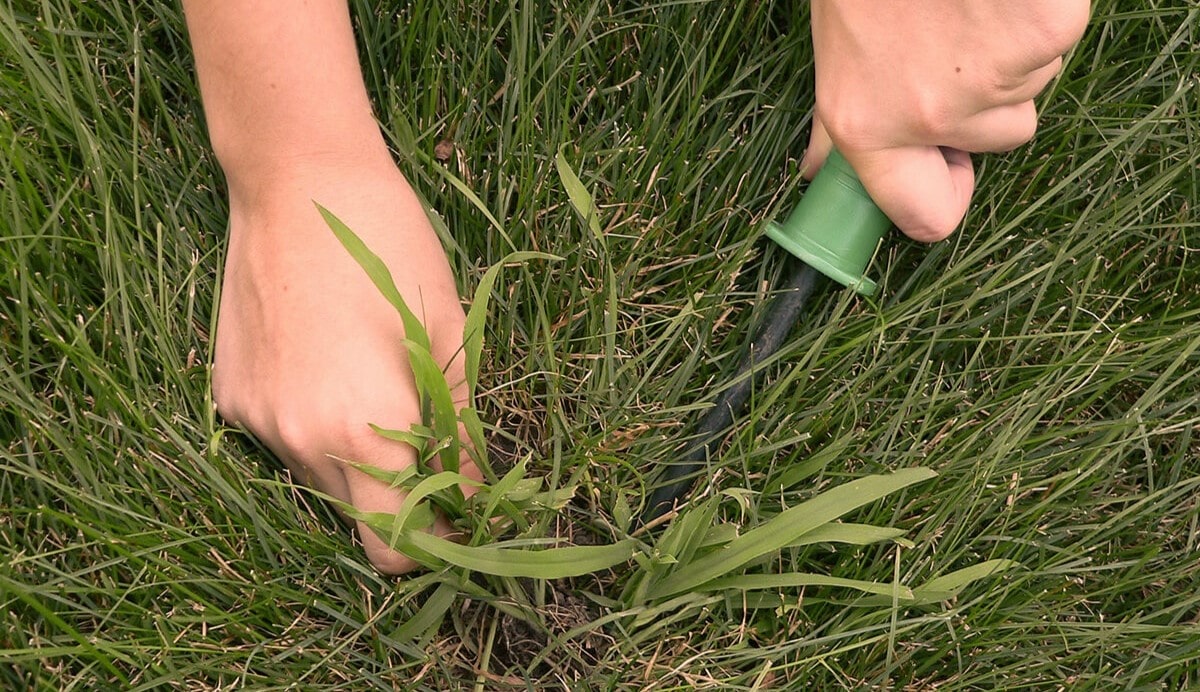
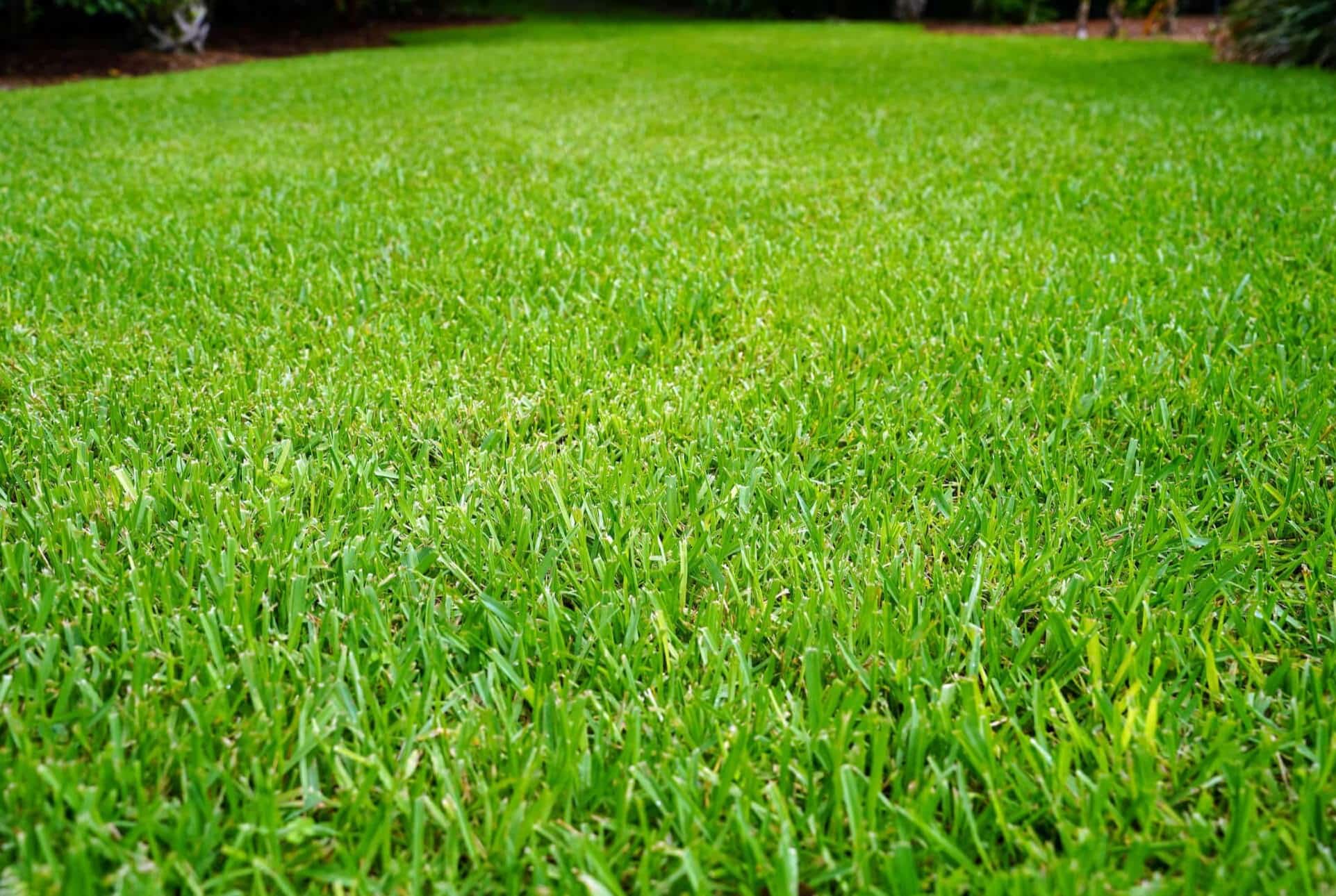
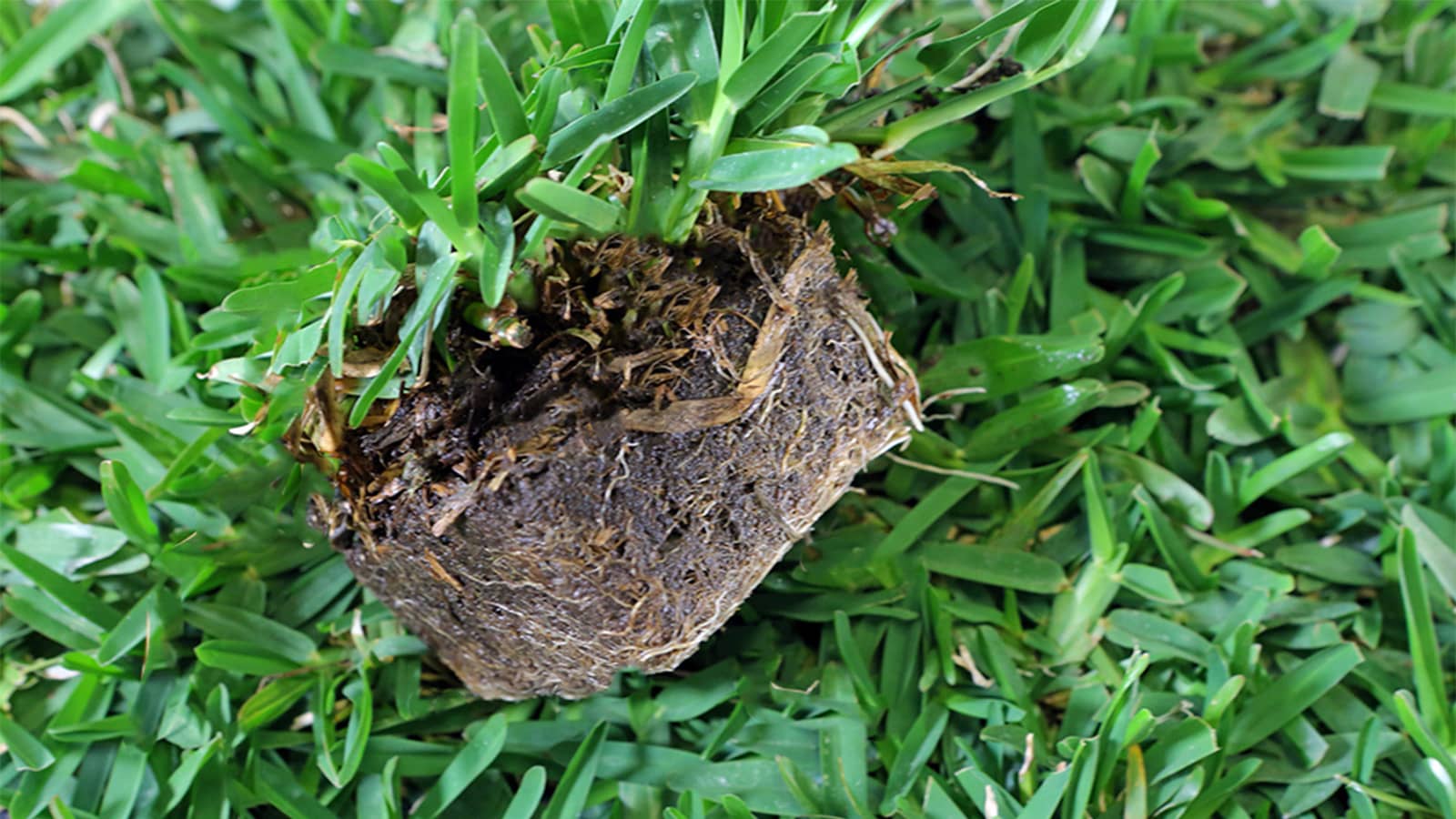
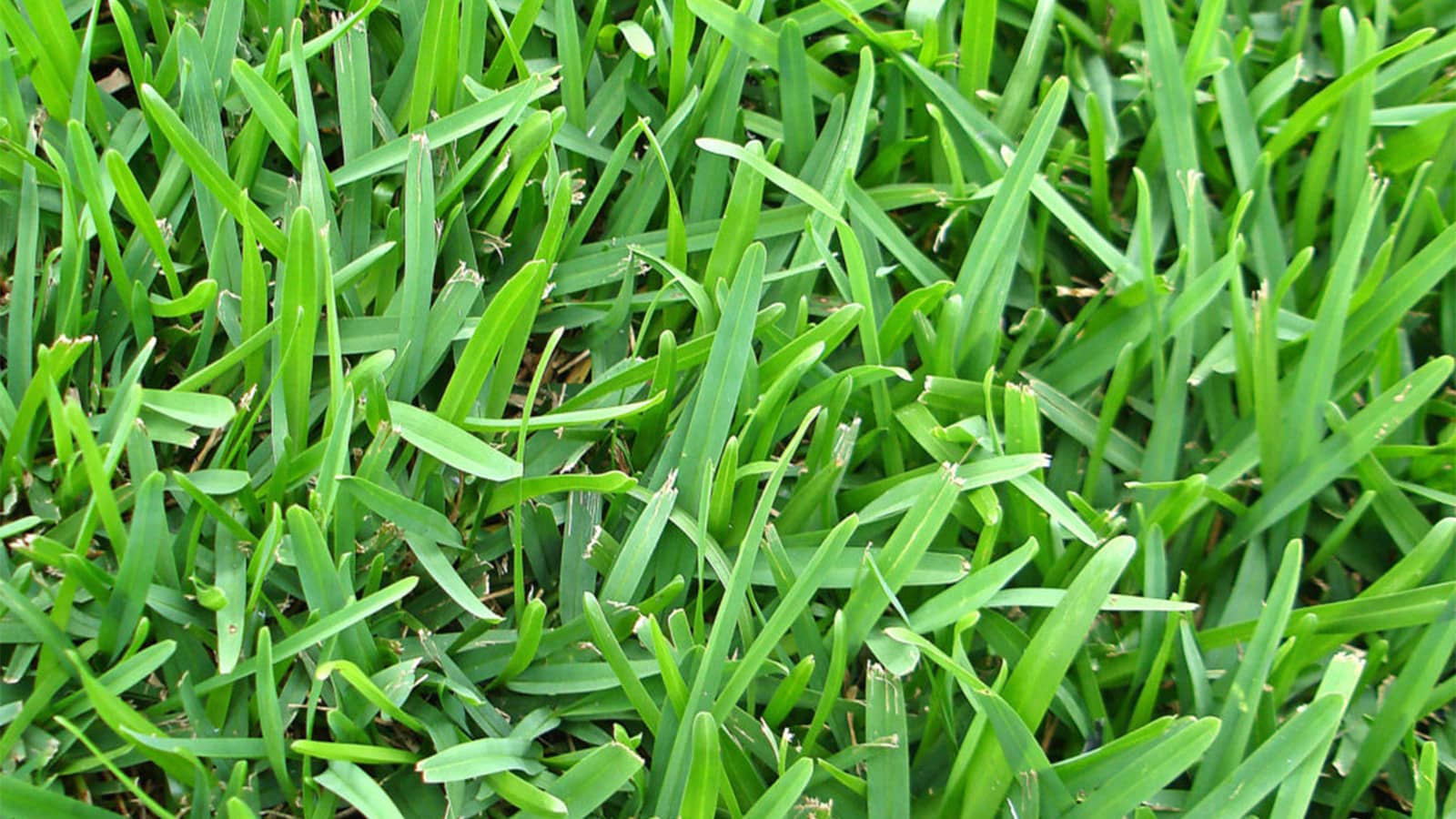
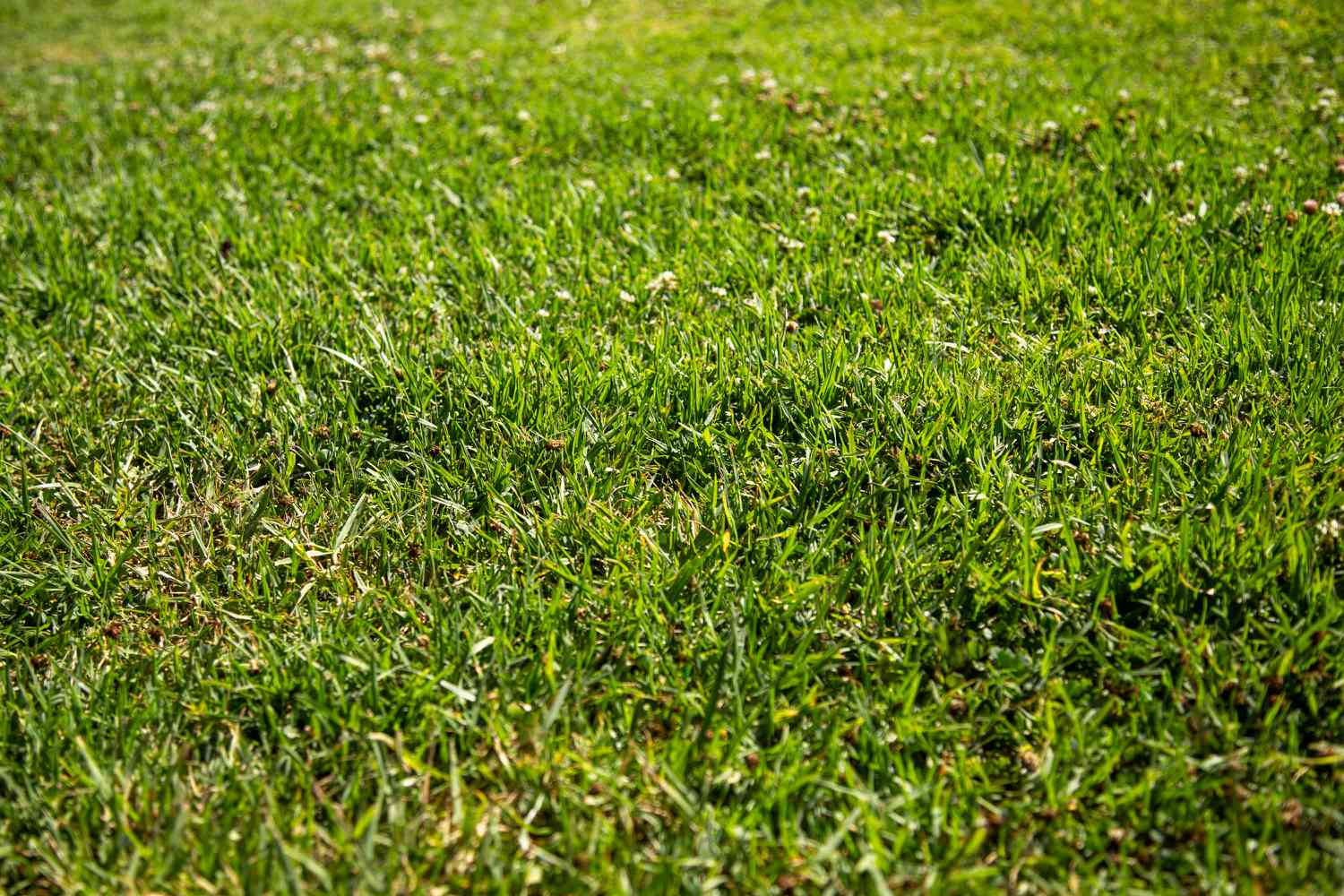
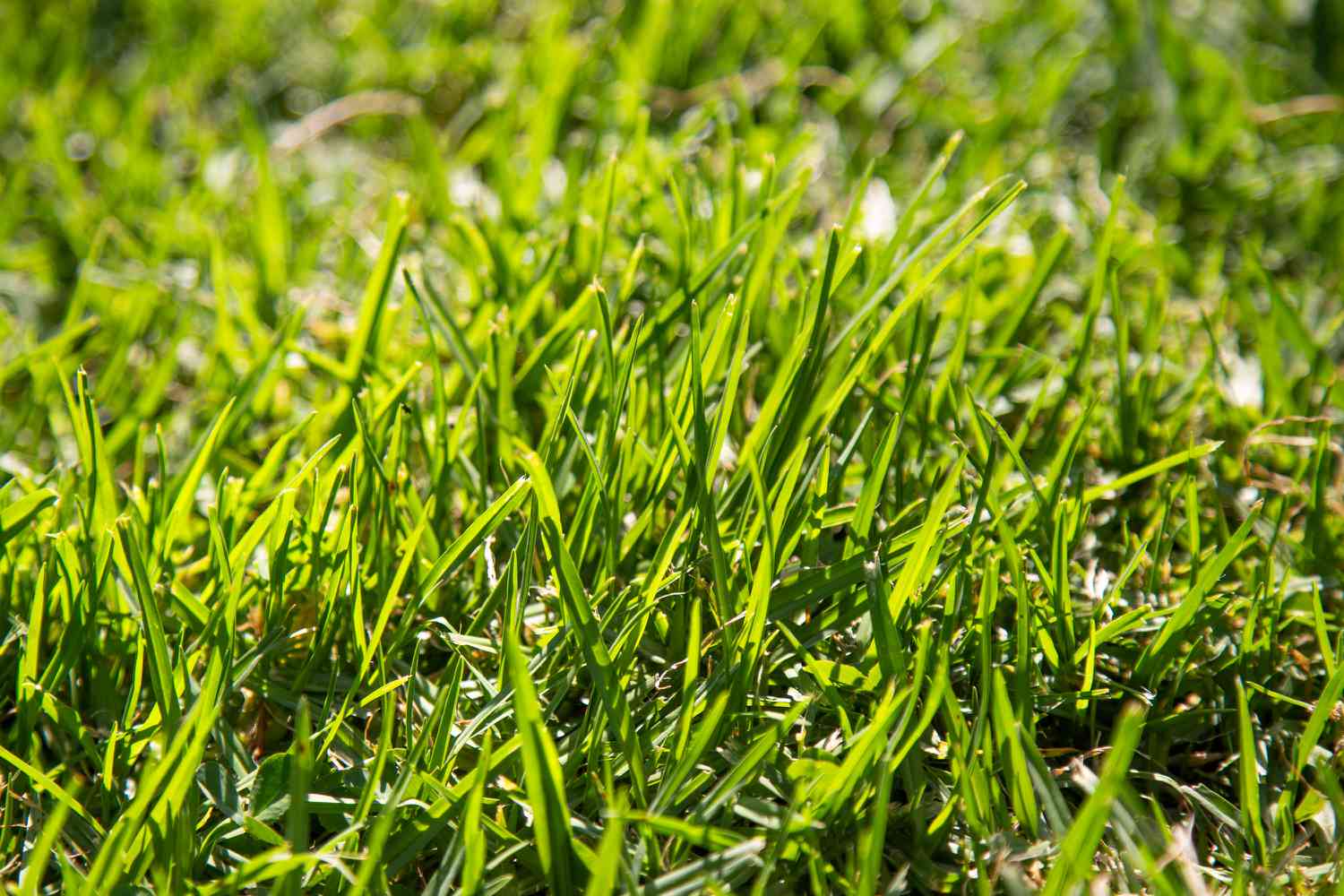
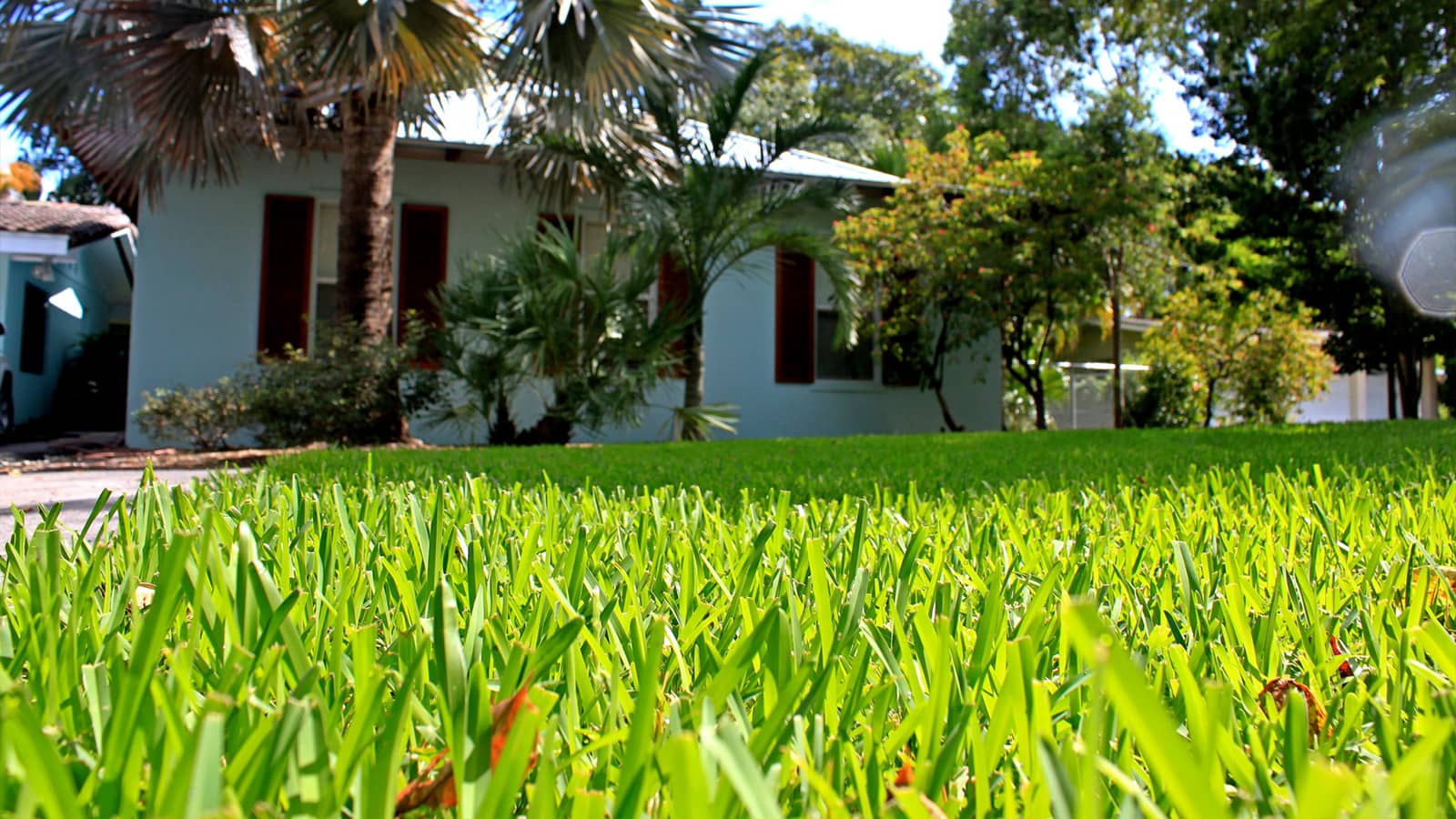
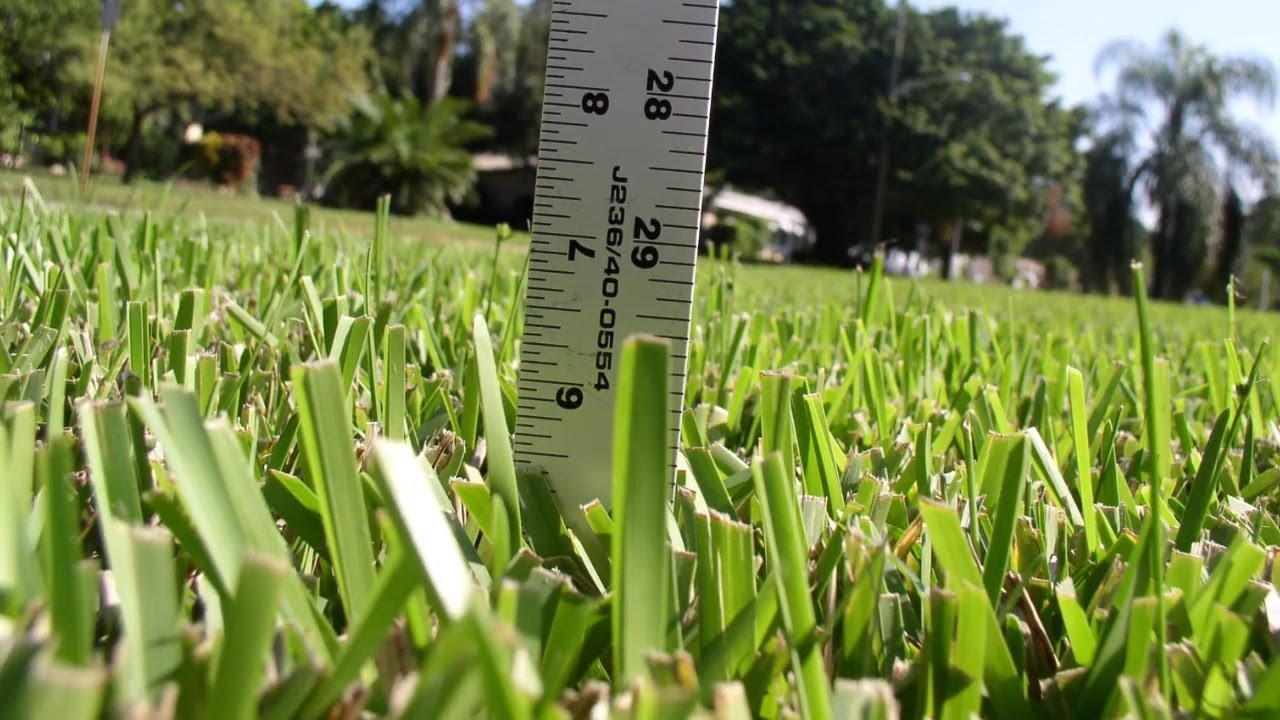
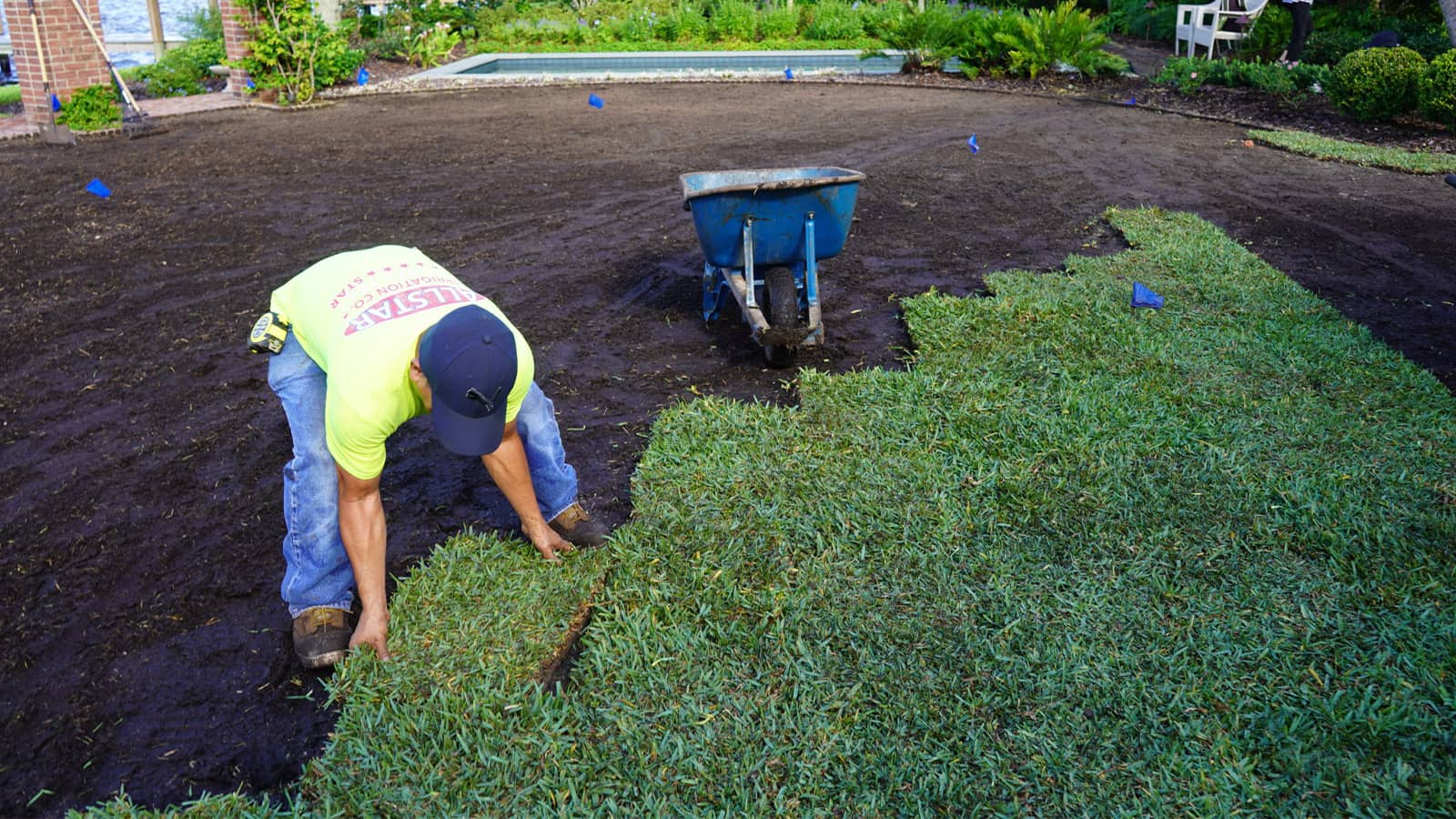
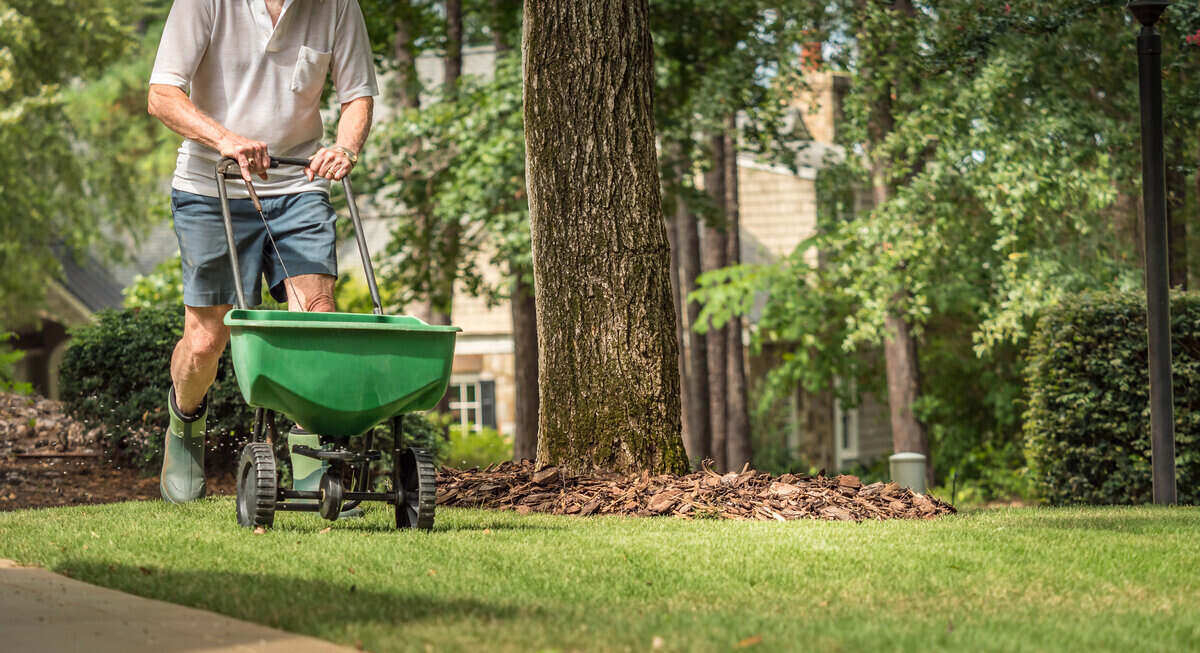
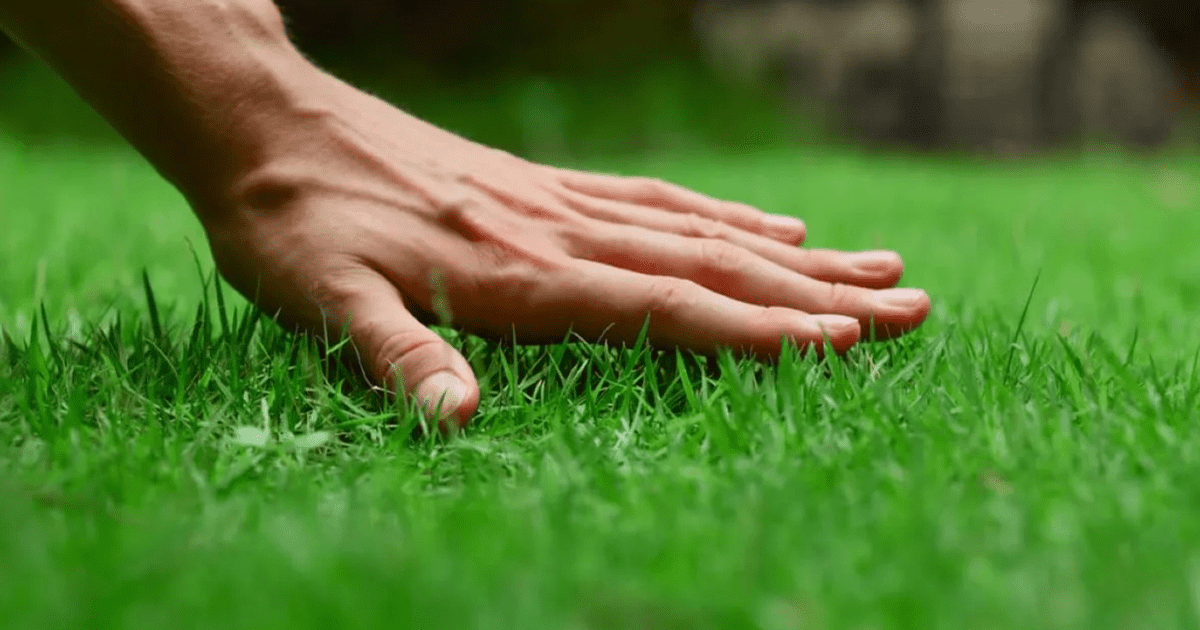

0 thoughts on “How To Treat Fungus On St. Augustine Grass”